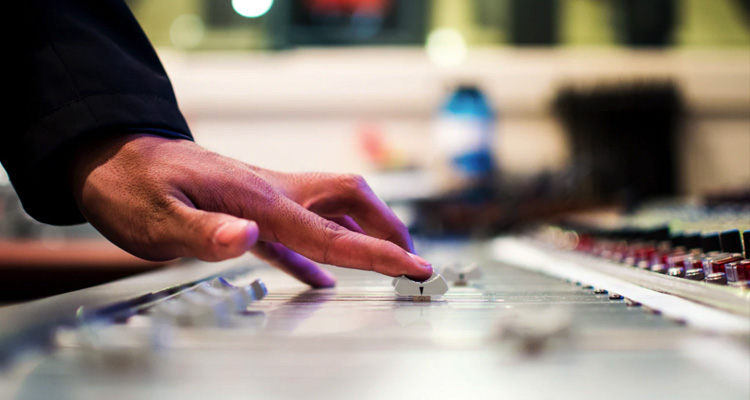How to mix rock and metal guitars

In this article I’d like to share my tips on how to make heavy guitars coexist in a Metal / Djent & Rock mix.
Heavy distorted guitars in Metal / Djent and Rock music are not necessarily easy to blend in the mix as they occupy a lot of frequency space.
First things first, it’s extremely important to have a good source right at the beginning. That means, a good guitar player, a good guitar with new strings, a decent audio interface. These things might be obvious but you will seriously struggle in the mixing phase if you don’t get them right.
I like to apply a schematic approach when mixing guitars and going in the following order:
Guitar Tone ▶ Panning ▶ EQ ▶ Compression
[Guitar Tone] - This is relevant if you have clean guitar tracks and use VST plug-ins to emulate amps. If you are already working on microphoned guitar cabs, big part of the tone has been decided during the tracking session. However, there is still room for shaping that tone at a later stage.
Pick your trusted guitar amp simulator and start dialling a tone that sounds good to you. Pod Farm is a good option and you can find tons of presets out there. As a good starting point, it's worth checking out these presets:
[Panning] - As standard practice you want to pan the rhythm guitars in complete opposite directions, so you’ll have one rhythm guitar on the left and one the right. The position of lead guitars can vary but usually not very far from the centre. This is relevant for double tracked guitars. Quadruple tracked guitars will have to be positioned in a slightly different way. I personally prefer sticking to double tracked guitars.
[EQ] - This is where your ears will play a huge role, however there are some common steps to follow:
High Pass filter to cut the low frequency and give space to bass and kick drum. I tend to cut up to 100hz.
Low Pass filter to get rid of the very high frequencies. That’s around 10khz for me. Then, there is an area between 4khz and 5khz that needs some attention. Reducing this range will noticeably make the guitar sound more polished and defined.
I like to use the Guitar Tone Definer to help with this process:
[Compresion] - Distorted guitars are already compressed by nature. I would just apply a multiband compressor on the low end to tighten it up. This will be beneficial during palm muted parts for example.
Make sure you listen to the guitars in solo when you are applying surgical EQ changes for example, but always listen to it in context straight after.
[TIP] - To give the guitars a final touch of definition, or to bring back to life a guitar with dull strings, it’s worth trying Master Shiner SH-1:
I hope you’ll find this article useful and feel free to get in touch if you have any questions or need clarifications.
Alex Di Guardo
Lights Out Kill Productions